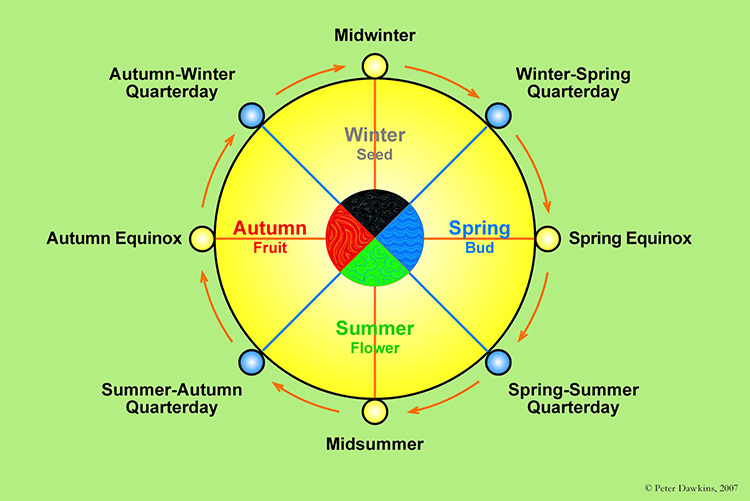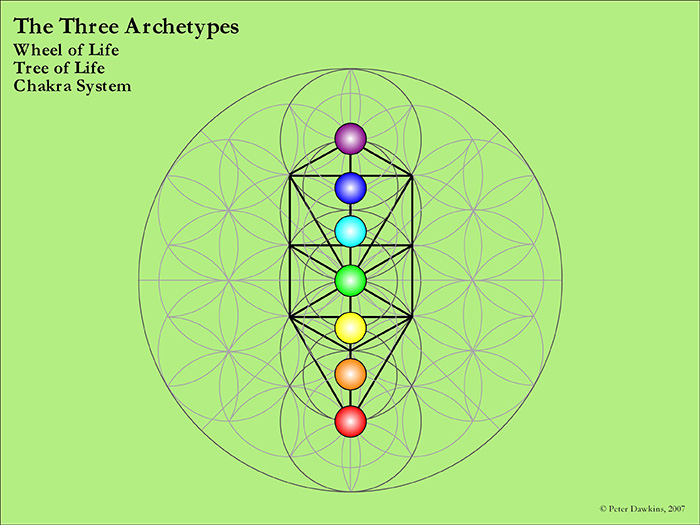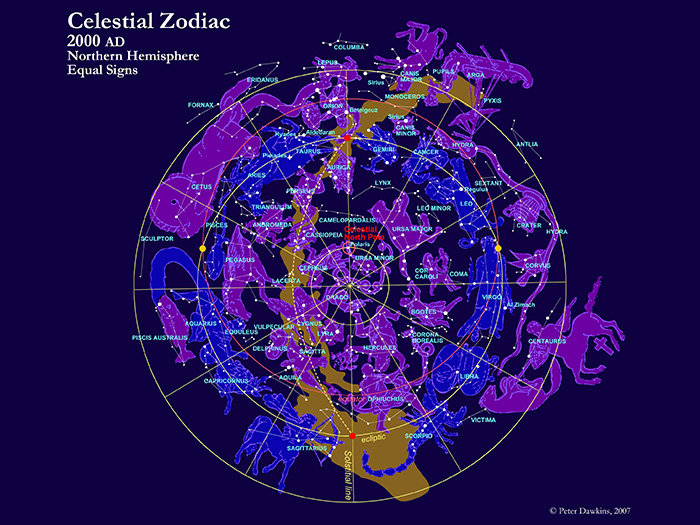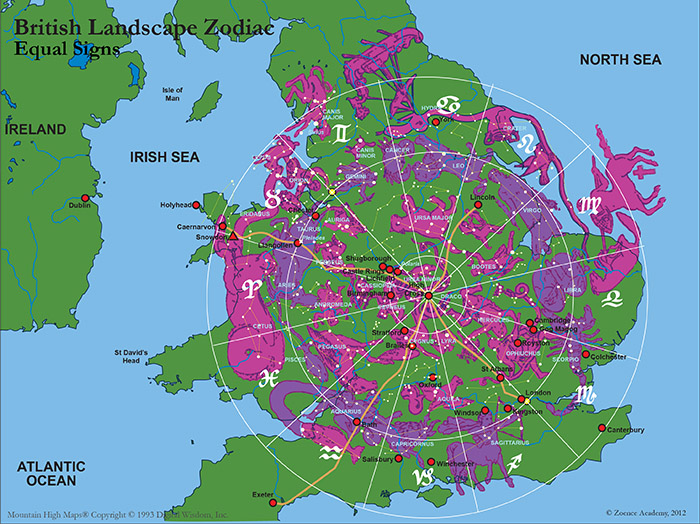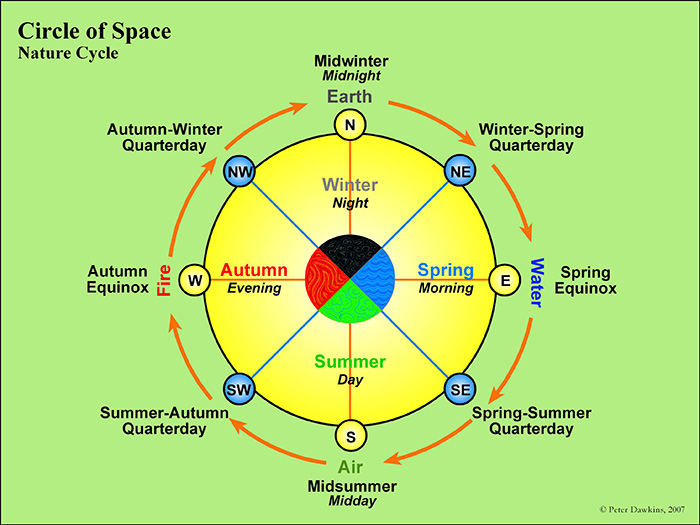Summer-Autumn Quarterday - Lammas
Festival of Transformation
Beginning of August
The summer-autumn quarterday marks the cusp of summer and autumn, when summer ends and autumn begins.
In Celtic countries this festival is known as Lammas or Lugnasadh, usually celebrated on 1 August but sometimes on 8 August. It is the first of the three harvest festivals which take place at the three power-points of the autumn season (i.e. beginning, middle and end), the other two being Mabon and Samhain.
Lammas is derived from the Saxon word Hlafmaesse, meaning ‘Loaf Mass’, a term referring to the first loaf of bread made from the very first cut of the first harvest of the newly-ripened grain in the fields. The loaf was offered to God as the thanksgiving offering of first-fruits and marked the beginning of harvest. In the Christian calendar the date is called the Festival of First Fruits.
The Celtic word Lugnasadh refers to the festival of Lugh, or Hu, the Celtic name of God as divine Light. (Ies-Hu, or Jesu, the Celtic name for Jesus, means ‘the incarnate Light’.) This is also the god-name of Arthur, who as a divine being is the Sun-god or Light, surrounded by his zodiacal halo with its twelve divine aspects. On this day the Sun-god is maimed, signifying the beginning of his sacrifice in service to all. It is also the day consecrated to Faith, Hope and Charity. The Transfiguration of Jesus, celebrated on August 6th, is the Christian counterpart of the meaning of this festival.
The theme of the festival is of the divine Light beginning its descent from the heights of heaven as a living sacrifice to heal the sick, help the needy, comfort the distressed and give sustenance to all. Its parallel theme is celebrated as the Sele Festival. Sele means ‘happy’ or ‘blessed’ and refers to the happy state of the pregnant goddess, Sul, the goddess of wisdom (i.e. the feminine aspect of the divine Light). Sometimes her festival is celebrated on the full moon nearest the quarterday, so as to link the solar and lunar festivals. A particular type of corn-dolly representing the pregnant goddess is made out of the first harvest (usually of either wheat or barley).*
The equivalent goddess to Sul in the classical Mysteries is Persephone (Ceres), who is pregnant with the child of light, Dionysus. He is first born prematurely at the end of autumn as Zagreus, torn to pieces by the Titans, and reborn as Bacchus-Dionysus at midwinter. In the Celtic Mysteries, the goddess is known as Bride, or Bridget, who in her advanced stage of pregnancy is ‘happy’ and who will be, like Persephone, consumed in a fire of love as she gives birth to her child. Bride's red hair, sometimes described as "flaming red", symbolises this fire of love. The 'flaming heart' also symbolises this heart-love or heart-passion, when the heart is set on fire with love during the labour of love.
In terms of the gateway that this festival represents (i.e. the gateway from summer to autumn), its archetypal gatekeeper during the last Age was the lion-faced Cherub, associated with the zodiacal sign of Leo. Now, in the new Age that the world has just entered, due to the precessional movement of the Sun, it is the Cherub of Cancer who stands in this position.
*Corn is the English name for all cereal crops, not just maize but also wheat, barley, etc..
© Peter Dawkins
- Zodiac of Ages
- The Great Ages
- The Phoenix Cycle
- The Solar Breath
- The Grail Cycle
- The Great Festivals
- Solar Festivals
- Winter Solstice
- Winter-Spring Quarterday – Imbolc
- Spring Equinox
- Spring-Summer Quarterday – Beltaine
- Summer Solstice
- Summer-Autumn Quarterday – Lammas
- Autumn Equinox
- Autumn-Winter Quarterday – Samhain
- Lunar Festivals

